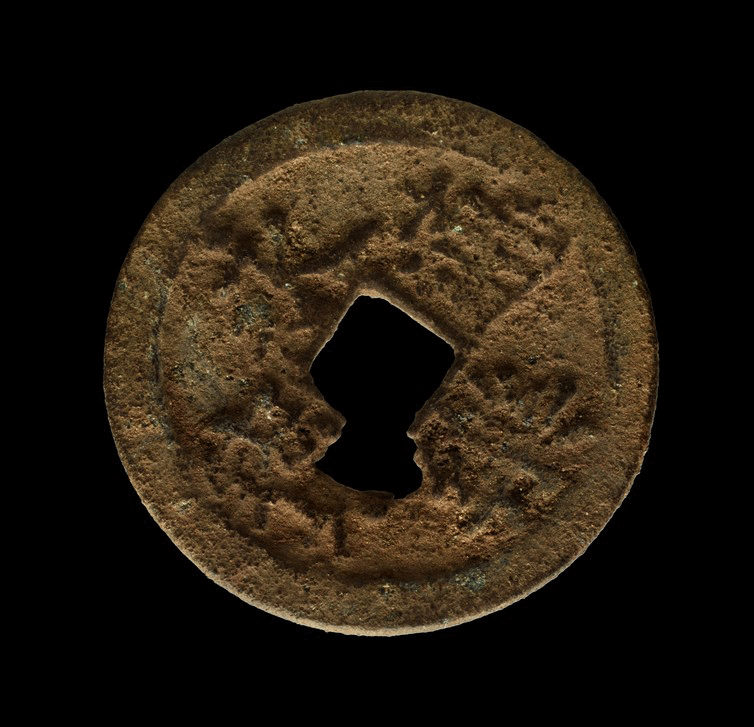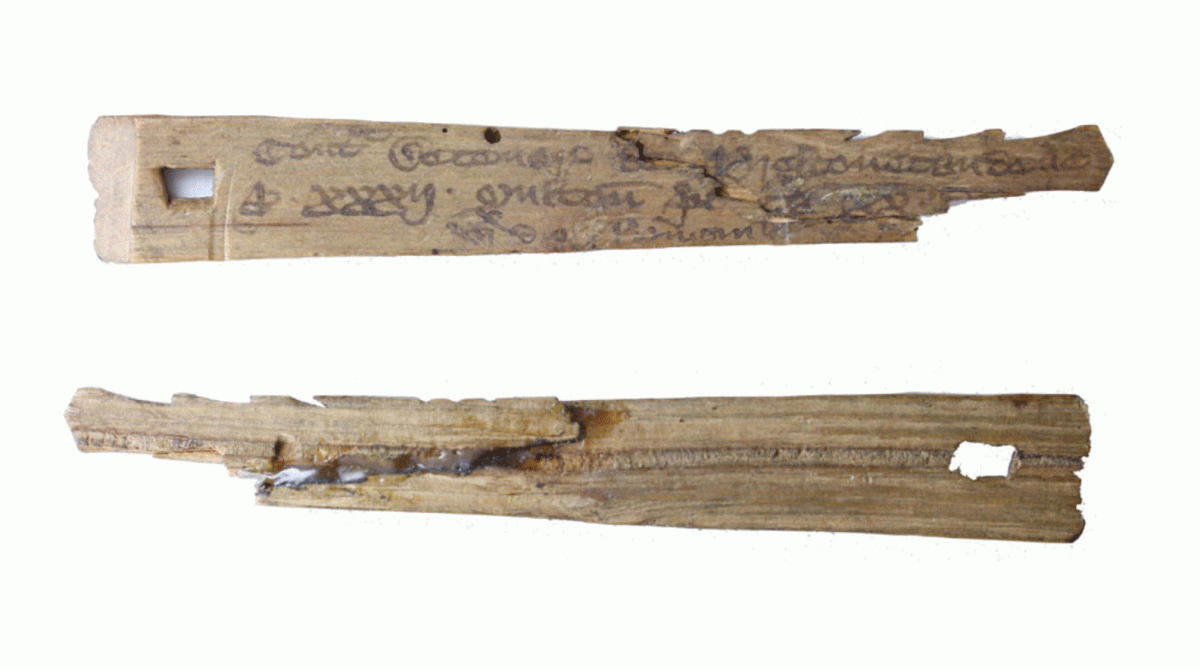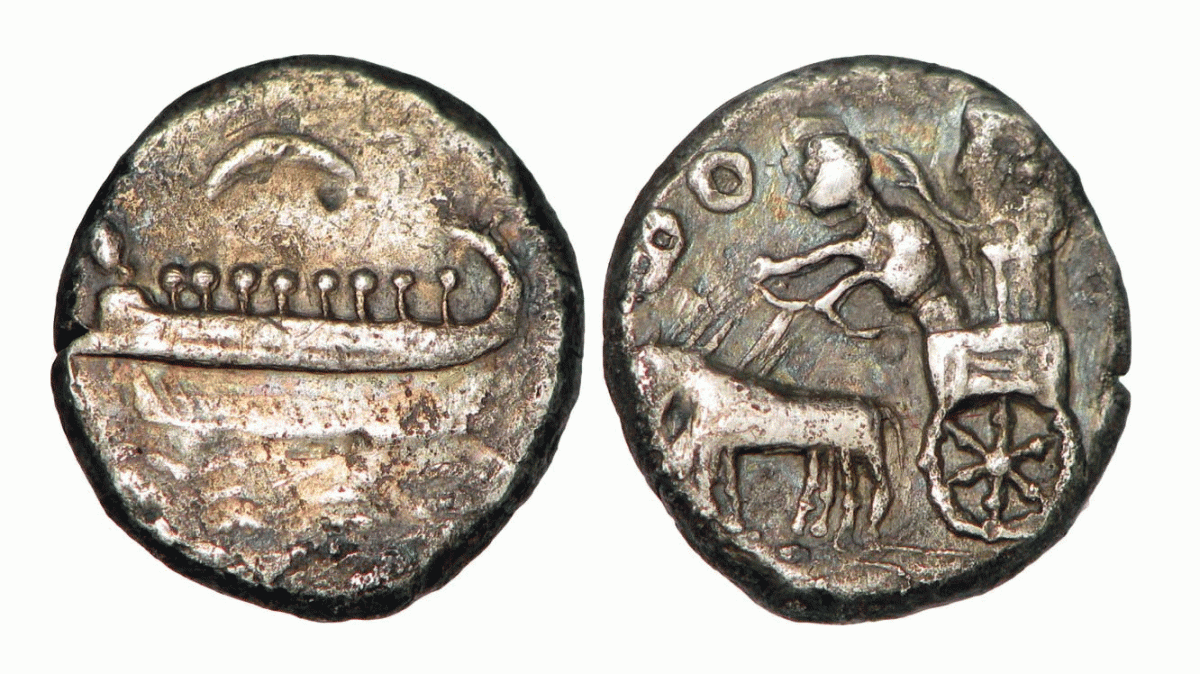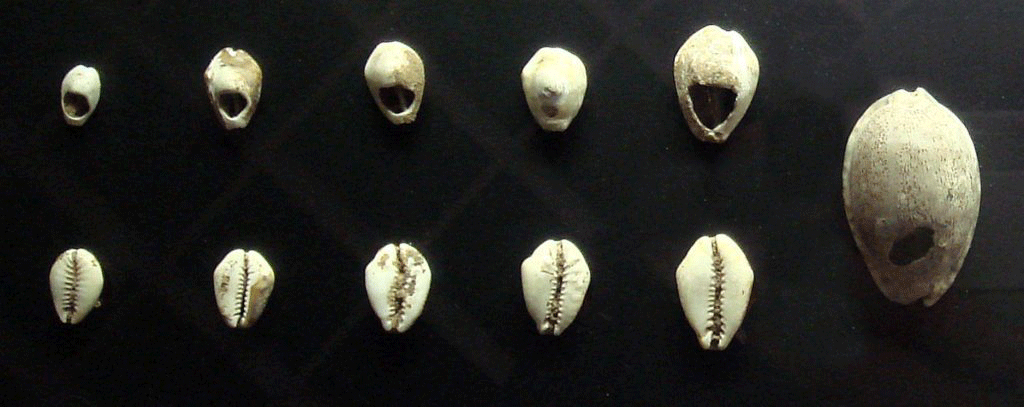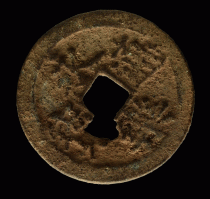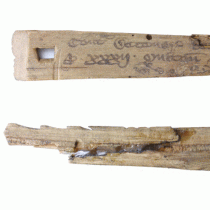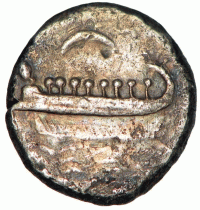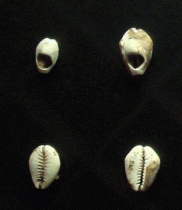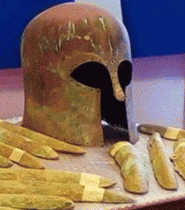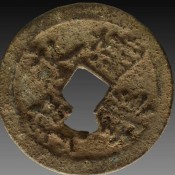When studying the evolution of currency the first sign of exchanging goods is traced back to trading tools for flint weapons in the Upper Paleolithic. Later on people started using money in various forms and versions. The evolution of money in human civilisation can tell us a lot about trade and interaction between distantly located groups.
The exact origin of money is not clear among researchers but it seems that it first occurred when rare natural objects emerged as units of value for interactions and exchange. For instance, in the Americas people used shells, such as mother-of-pearl, while in Africa, Europe, Asia and Australia cowry shells were used. The form of currency included various items across millennia of human evolution, such as metal ingots or cows.
The first known form of currency as we perceive it today was the Mesopotamian shekel, dating back 5,000 years. The first known mints appeared in Asia Minor in 650-600 BC, to provide silver and gold coins to pay armies. Hoards of coins made of lead, copper, silver and gold discovered all over the world point to the beginning of the first millennium AD as the first instance when money was widely circulated and recognised as a medium of exchange.
Money has become successful due to its portability, durability, transportability and inherent value. Also, it was not susceptible to national disasters, as was the case with livestock. In terms of politics money allowed leaders to exercise control by regulating the production of coins as well as their circulation and use. Through taxes it sustained the elite and helped raise armies, being at the same time a stabilising force allowing for nonviolent exchange between groups.
Currency has been a uniting principle among groups of people, used to mobilise resources, reduce risks and create alliances and friendships, as if it were a common language. Americans living in 1450-500 BC for instance used currency items to trade. Similar was the case of the maritime Silk Road trade, between 700-1450 AD, connecting through groups in Europe, Asia and Africa and leading to a transformation of human activity.
Chapurukha Kusimba excavated in 2012 a Chinese coin, 600 years old, at the ancient Kenyan trade port Manda in the Indian Ocean. Similar archaeological discoveries show the integration of Africa into trade relations in the Indian Ocean, as well as that market economies were already developing at the time.
The impact of currency on human history has been double-edged, enabling movement of goods, services and people and bringing wealth on the one hand, but deepening socioeconomic and other gaps on the other.
Today, cash currency can show the differences in wealth, development, and growth. However, whether digital or not, currency uses today are not that different than the ones in antiquity.
